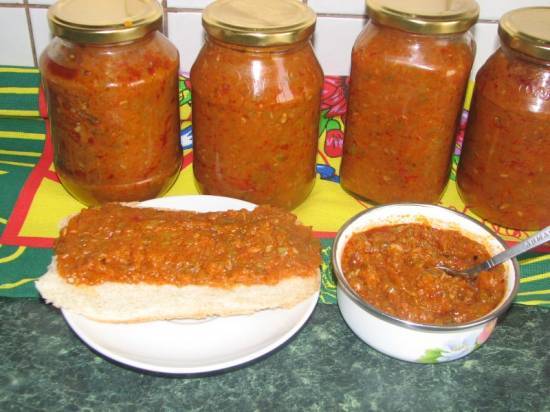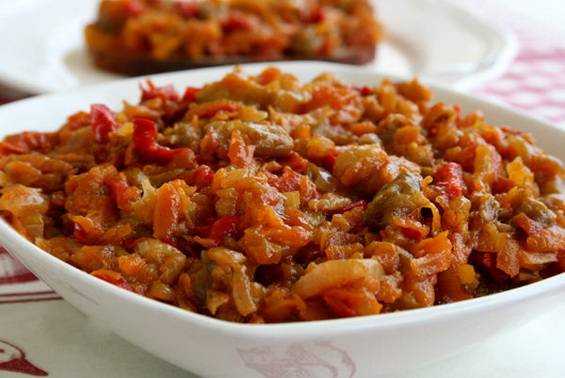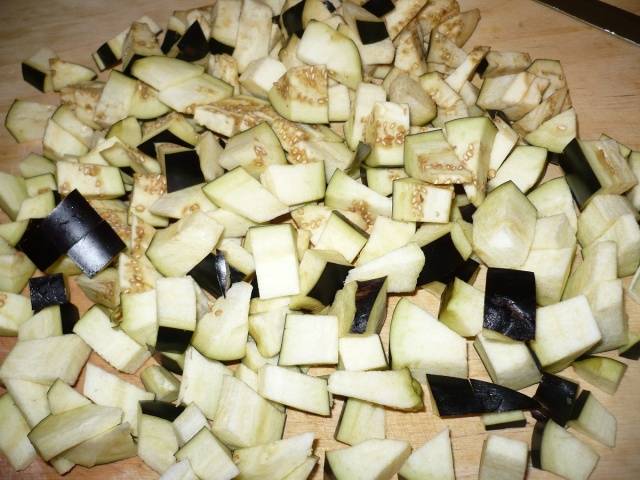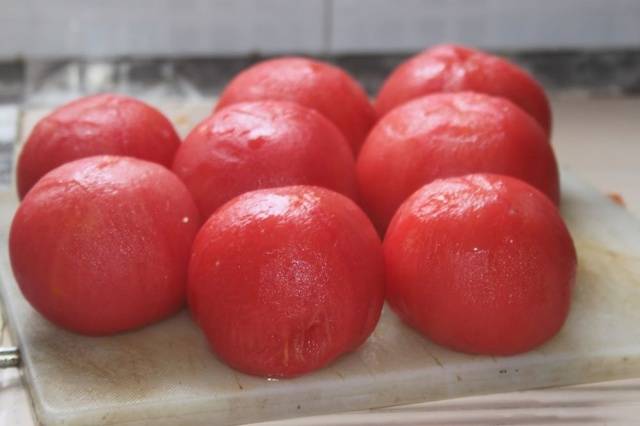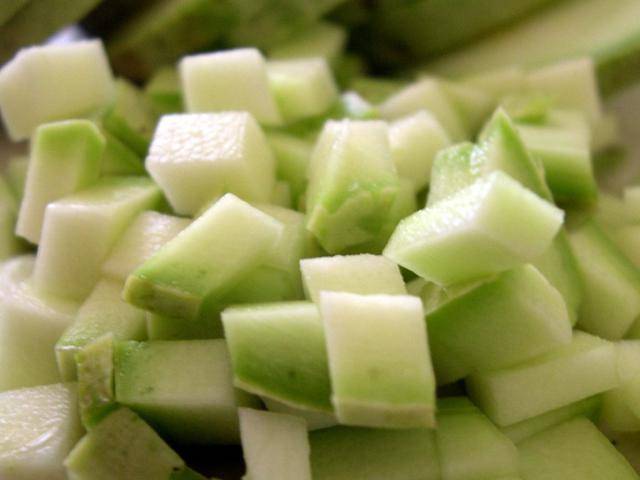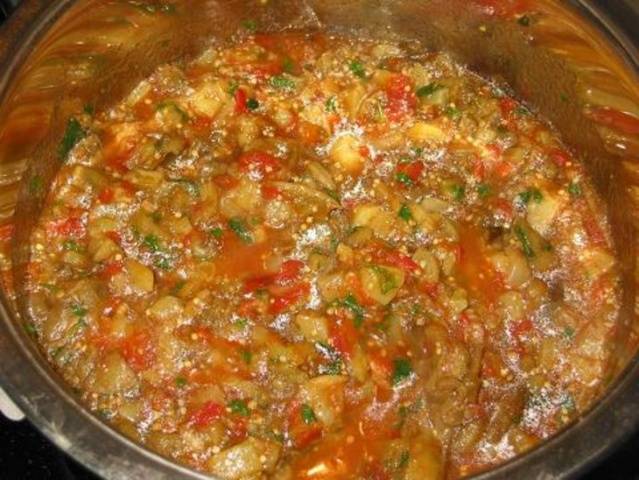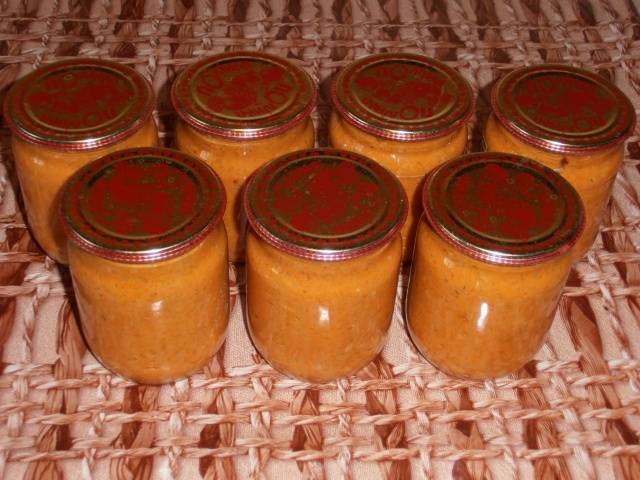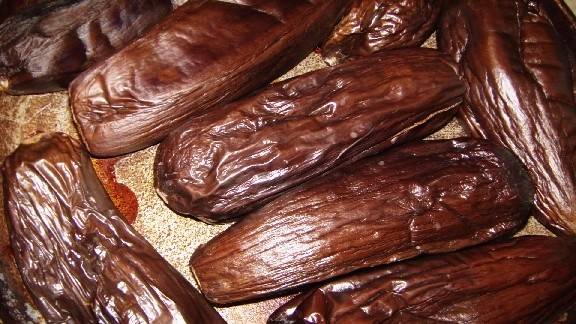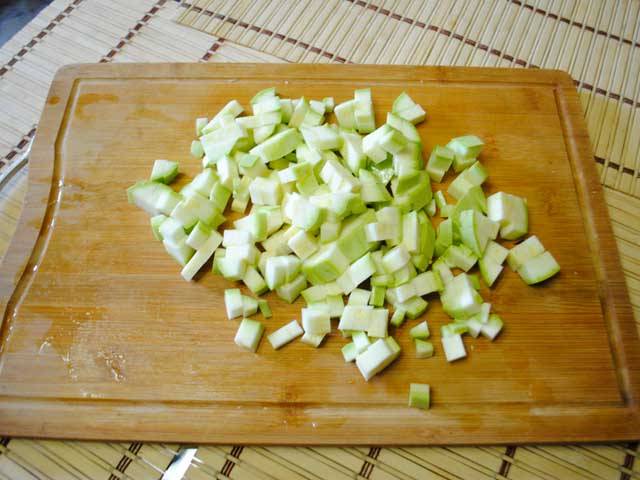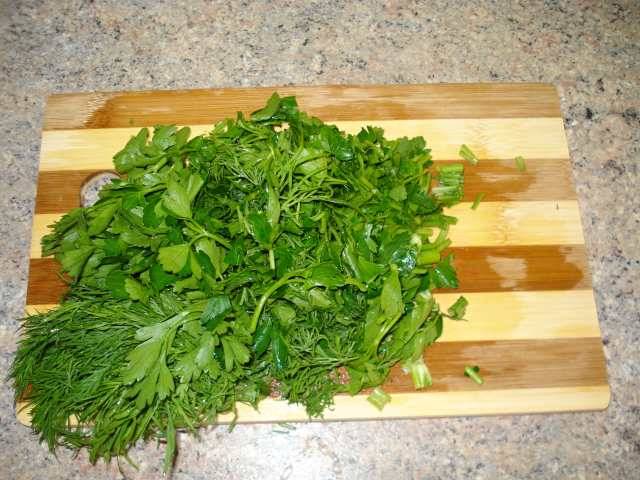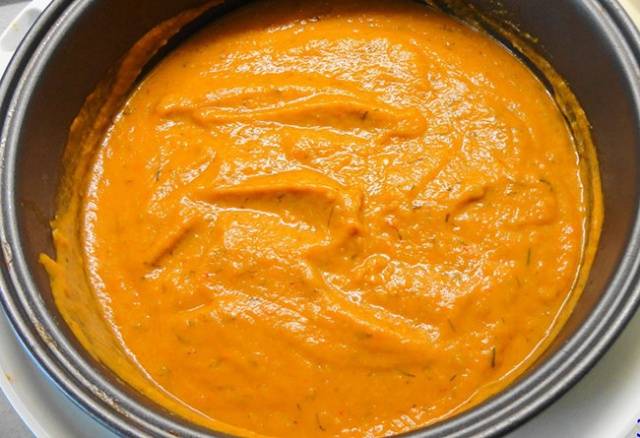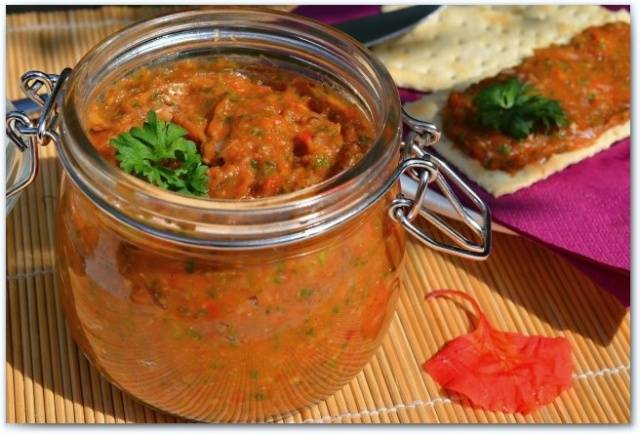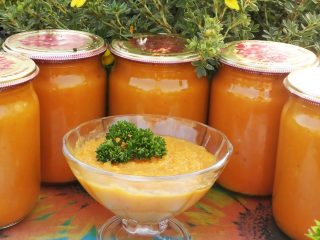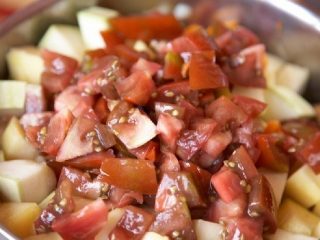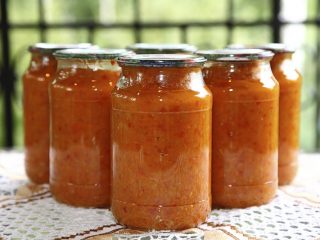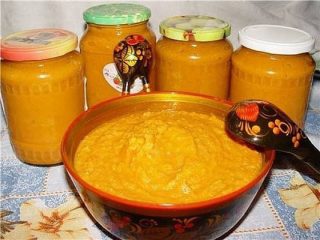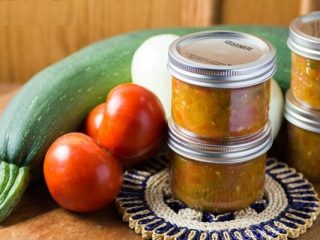Content
We have already had enough of fresh vegetables and fruits, it's time to think about preparations for the winter. One of the most popular spins is zucchini and eggplant caviar. Both vegetables are rich in vitamins, microelements, and have a lot of healing properties. In particular, eggplants reduce cholesterol levels, and zucchini stimulate the gastrointestinal tract, are indicated for hypertension, cardiovascular diseases.
Vegetable caviar is easy to prepare and can be stored well. It can be eaten as an independent dish, used as a side dish for meat, fish, and spread on bread. The taste depends on the products used, and the consistency depends on whether you use a blender or a meat grinder. We suggest you prepare caviar from zucchini and eggplant for the winter. The recipes presented to your attention contain approximately the same sets of products. Due to their different ratio, the caviar will turn out to be completely different. The first option is rather a snack with a rich taste, and the second, if you do not add garlic, is a more dietary product that does not irritate the stomach.
Diner caviar
This simple and delicious recipe for vegetable caviar does not require pasteurization, which is sure to please many housewives.
Products used
You will need:
- eggplant - 3 kg;
- zucchini - 1 kg;
- red tomatoes - 1 kg;
- onion - 1 head;
- carrots - 0.5 kg;
- black peppercorns - 10 pieces;
- salt - 1.5 tablespoons;
- vegetable oil - 1 glass;
- sugar - 3 tablespoons;
- vinegar essence - 1 tablespoon.
Cooking caviar
Wash the eggplants thoroughly, cut off the spout, stem, and remove the damaged parts. Cut into slices, soak for 20 minutes in well salted water.
Cut the onion into cubes, grate the carrots, fry in a saucepan with a thick bottom, in which the squash will be cooked.eggplant caviar.
Scald the tomatoes with boiling water, pour over with cold water, make a cross-shaped incision at the top, remove the skin. Cut the stalk, cut into pieces, grind in a meat grinder or blender. You can rub the tomatoes through a coarse sieve.
Add pieces of eggplant and mashed tomatoes to onions and carrots. Season with salt, sugar, add peppercorns, simmer for 40 minutes.
Wash the zucchini, cut off the stem and spout. Peel old fruits, remove seeds. You do not need to peel young zucchini for cooking vegetable caviar; there is also no need to remove the seeds from them. Just wash them thoroughly and remove damaged areas.
Cut the fruit into small pieces.
Put the zucchini in a saucepan, stir, simmer for another 20 minutes after boiling.
If you add garlic, then chop it with a press and add it to the caviar at the same time as the courgettes. Remember to stir well!
Pour vinegar essence into boiling vegetable caviar, immediately put in jars sterilized in advance.
Roll up and turn the curls upside down, then wrap them up in a blanket or old towels. Leave to cool. Store in a cool dry place.
Output - 10 cans of half a liter volume.
Caviar with various combinations of vegetables
This is, strictly speaking, not one recipe, but at least four:
- base;
- with pumpkin instead of zucchini;
- with garlic and herbs;
- with green tomatoes.
Products used
When using the basic set of products, you will get caviar with a mild, predominantly zucchini flavor. When adding green tomato the twist will become completely different, and the garlic and herbs will make it hot and spicy.
Main ingredients
Mandatory set of products:
- zucchini - 2-3 kg;
- ripe tomatoes - 2.5 kg;
- eggplant - 1 kg;
- onions - 0.3 kg;
- carrots - 0.3 kg;
- refined oil - 1 glass;
- salt, pepper, sugar - to taste.
Additional ingredients
This recipe for eggplant and zucchini caviar for the winter can be changed by adding:
- green tomatoes 1-2 kg
and / or
- dill, parsley - 50 g each;
- garlic - 1 head.
When adding one or another product, the taste of caviar will change greatly, you can try all the options, and for constant cooking, choose the one you like.
Cooking caviar
Eggplants must be thoroughly washed, then baked in the oven.
When they cool slightly, remove the skin, chop into small pieces.
Wash carrots, peel, grate. Pass it separately in vegetable oil.
Cut the onion into cubes and fry until transparent in another pan.
Pour red tomatoes with boiling water, cool in cold water, make cross-shaped cuts, remove the skin.
Remove the parts adjacent to the stalk, cut, extinguish separately.
Decide what kind of caviar you will cook - pumpkin or squash, peel the fruits, free them from seeds.
Cut into small pieces, fry separately until soft.
If you add green tomatoes, wash them thoroughly, cut them, chop them in a meat grinder.
Pour some oil into a frying pan or a saucepan with a thick bottom, put the tomato mass, simmer over low heat for 20 minutes.
Mix onions, carrots, pumpkin or zucchini, tomatoes with eggplant, beat with a blender.
Salt, add sugar, pepper, mix thoroughly. You can add a little vinegar or citric acid for flavor if desired.
Peel the garlic, then pass it through a press. Wash, finely chop the herbs. Add them to the vegetable mass.
If you did not use all the vegetable oil, add it to a bowl with eggplant caviar for the winter, put it on a low heat.
Extinguish with constant stirring. Taste from time to time, add spices and acid if necessary.
The oil has floated up - the caviar is ready. Place it immediately in sterile jars, roll it up tightly.
Turn the caviar upside down and wrap it in a blanket or old towels. Cool, put in the refrigerator.
The great thing about this piece is that it can be eaten hot or cold. It is very tasty, and the introduction or replacement of ingredients will allow the hostess to please the household with something new every year in winter.
Conclusion
Using these recipes as an example, we showed how from the same products it is possible to prepare blanks that are completely different in taste, simply by changing the proportions or introducing something new. Experiment, too. Enjoy your meal!
